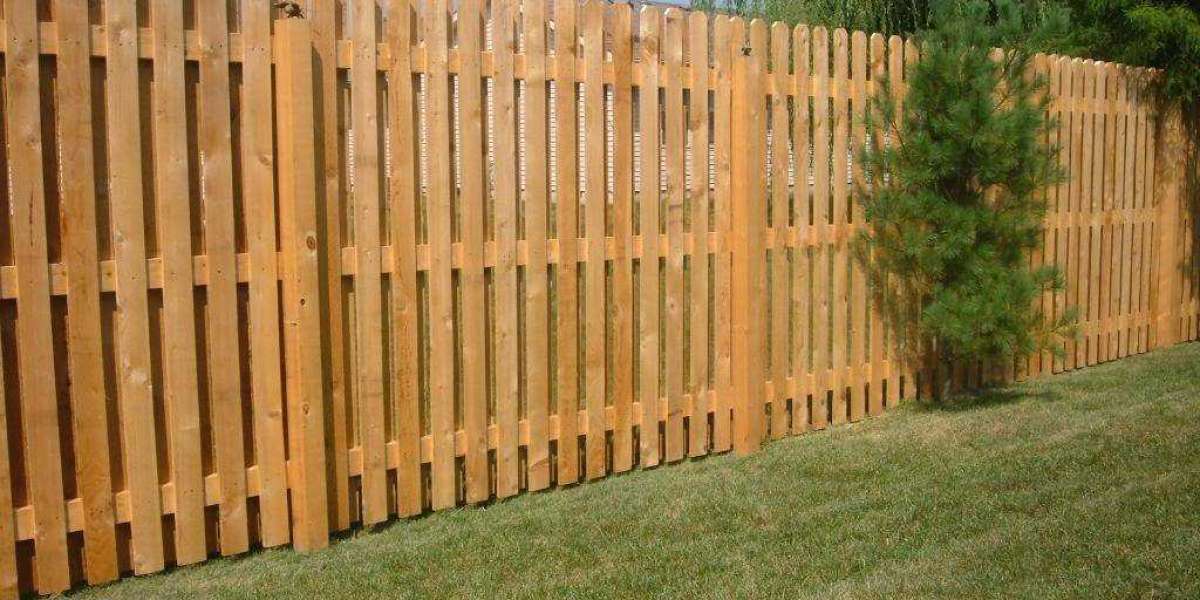Are you in the market for a new fence and wondering what the best wood to use for fences is? Whether you're looking to enhance your home's curb appeal, increase privacy, or add security, selecting the right wood is crucial.
This guide will walk you through the top wood options for fencing, ensuring you make an informed and satisfying choice.
Why Wood Fences?
Wooden fences are a popular choice for homeowners due to their natural beauty, versatility, and durability.
They offer a timeless aesthetic that can be tailored to fit any landscape or architectural style. But not all wood is created equal, so choosing the right type is essential for longevity and performance.
Top Woods for Fences
1.Cedar
Durability:
Cedar is renowned for its natural resistance to rot, decay, and insect damage, making it a long-lasting choice.
Aesthetics:
It has a beautiful reddish hue and a pleasant aroma, adding to its appeal.
Maintenance: Requires minimal maintenance, although applying a sealant can enhance its longevity.
2.Redwood
Durability:
Similar to cedar, redwood is highly resistant to rot and insects.
Aesthetics:
Known for its rich, red color and straight grain, redwood offers a stunning finish.
Maintenance:
Regular maintenance can keep redwood looking vibrant, but it naturally weathers to a soft gray if untreated.
3.Pine
Affordability: Pine is an economical choice, often used for fencing because of its cost-effectiveness.
Treatment:
Pressure-treated pine is resistant to rot and insects, making it more durable than untreated pine.
Versatility:
able to be painted or stained to fit any style.
4.Cypress
Durability: Cypress contains a natural oil called cypressene, which makes it resistant to insects and decay.
Aesthetics:
Offers a light color and tight grain, which can be stained to a variety of shades.
Maintenance:
Minimal maintenance is required, but a sealant can help preserve its appearance.
5.Douglas Fir
Strength:
Known for its strength and durability, Douglas fir is a solid choice for fencing.
Affordability:
More affordable than redwood and cedar, making it a budget-friendly option.
Maintenance:
Requires regular treatment and maintenance to prevent decay and insect damage.
6.Classic Wood Fences
Timeless Appeal: Classic wood fences often use a combination of durable woods like cedar and redwood to create traditional and elegant designs.
Versatility: These fences can be customized in various styles, including picket, split rail, and privacy designs, making them suitable for different needs.
Enhanced Aesthetics: The natural beauty of wood combined with classic designs can significantly boost your home's curb appeal.
Factors to Consider When Choosing Wood for Your Fence
When selecting the best wood to use for fences, consider the following factors:
Climate:
Choose a wood that can withstand your local weather conditions. For humid or rainy areas, rot-resistant woods like cedar or redwood are ideal.
Budget:
While some woods are more expensive, their durability and low maintenance can offer long-term savings.
Aesthetics:
Consider the natural color and grain of the wood, and whether it complements your home’s exterior.
Maintenance:
Some woods require more upkeep than others. Decide how much time and effort you're willing to invest in maintaining your fence.
Installation and Maintenance Tips
1.Proper Installation:
Ensure your fence posts are properly set in concrete to prevent shifting and increase stability.
2.Regular Maintenance:
Apply sealants or stains regularly to protect the wood from moisture and UV damage.
3.Repairs:
Address any damage promptly to prevent it from worsening and compromising the fence's integrity.
Final Thoughts
Choosing the best wood to use for fences involves balancing aesthetics, durability, and cost. Cedar, redwood, pine, cypress, Douglas fir, and classic wood options each offer unique benefits that can suit different needs and preferences.
By considering your local climate, budget, and desired maintenance level, you can select the perfect wood for a fence that will enhance your property for years to come.
Investing in a high-quality wooden fence not only boosts your home’s curb appeal but also provides privacy and security. Start your fencing project today and enjoy the timeless beauty and functionality that a wooden fence offers.








